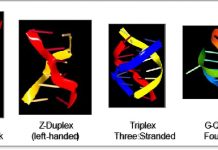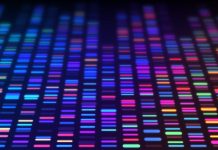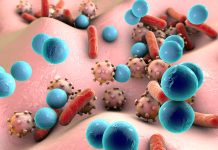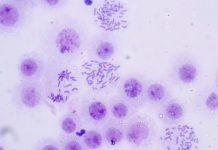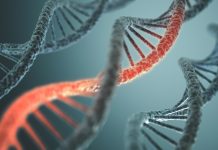Open Access Government produces compelling and informative news, publications, eBooks, and academic research articles for the public and private sector looking at health, diseases & conditions, workplace, research & innovation, digital transformation, government policy, environment, agriculture, energy, transport and more.
Home 2024
Archives
RNA and DNA flipons in health and disease
Flipons are the next step in DNA research. What they are, their role in DNA and RNA coding, their impact on medical science, and their relation to the immune system are discussed here.
Understanding thermolabile protecting groups for nucleic acid-based drugs
Serge L. Beaucage investigates thermolabile protecting groups for the amine functions of purine and pyrimidine deoxyribonucleosides for the development and implementation of synthetic DNA sequences as nucleic acid-based drugs.
The idea of self-organisation in biology and its critics
Using the example of Alan Turing’s paper on morphogenesis, Ute Deichmann at Ben-Gurion University of the Negev explores self-organisation in biology.
Shrouded in genomic heterochromatin are ancient viral-like elements that could jump
Host defences operate to prevent ‘ancient viruses’ from ever jumping but, in cancers, cells lose multiple layers of ‘epigenetic’ control, and this can lead to the awakening of jumping or ‘retrotransposition’ of ancient viruses.
Information overload and the ossification of immunological research
Peter Bretscher, Faculty in the Department of Biochemistry, Microbiology and Immunology at the University of Saskatchewan questions whether there is a way of fostering resilience in immunological research.
Open Science and Research Infrastructures provide the foundation and pillars necessary to tackle global...
COVID has highlighted the importance of Open Science and research infrastructures to accelerate the impact of scientific research.
Part 4: Scientific sunburn & skin cancer
In this last of a four part series, Chanda Siddoo-Atwal, President and Primary Biochemist of Moondust Cosmetics Ltd, explores the potential of the plant compound, resveratrol, as a cancer chemopreventive agent in the context of sunburn & skin cancer.
Satellite DNA arrays barcode chromosomes to regulate genes
In this piece, Dr Helen Rowe summarizes how arrays or strings of multi-copy satellite DNAs can barcode chromosomes to regulate cell fate, by acting...
What are the possibilities of DNA and RNA sequences?
Serge L. Beaucage, Supervisory Research Chemist at the Food and Drug Administration discusses his work with DNA and RNA sequences and the groundbreaking impact this technique could have.

